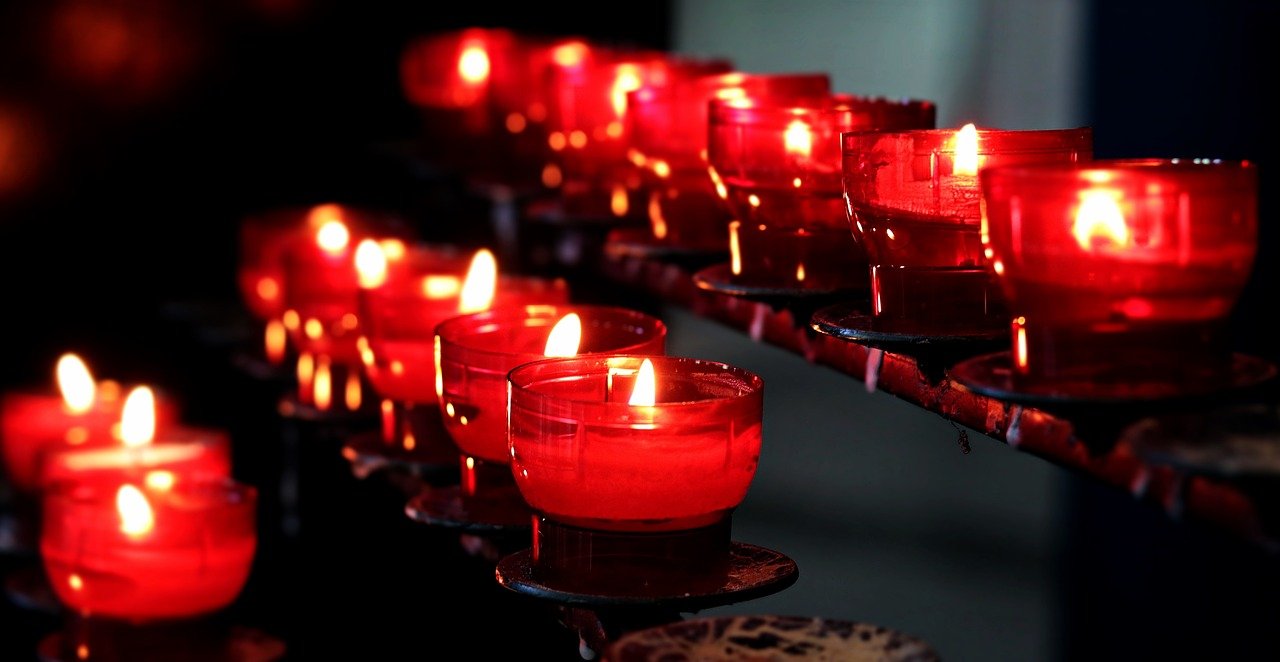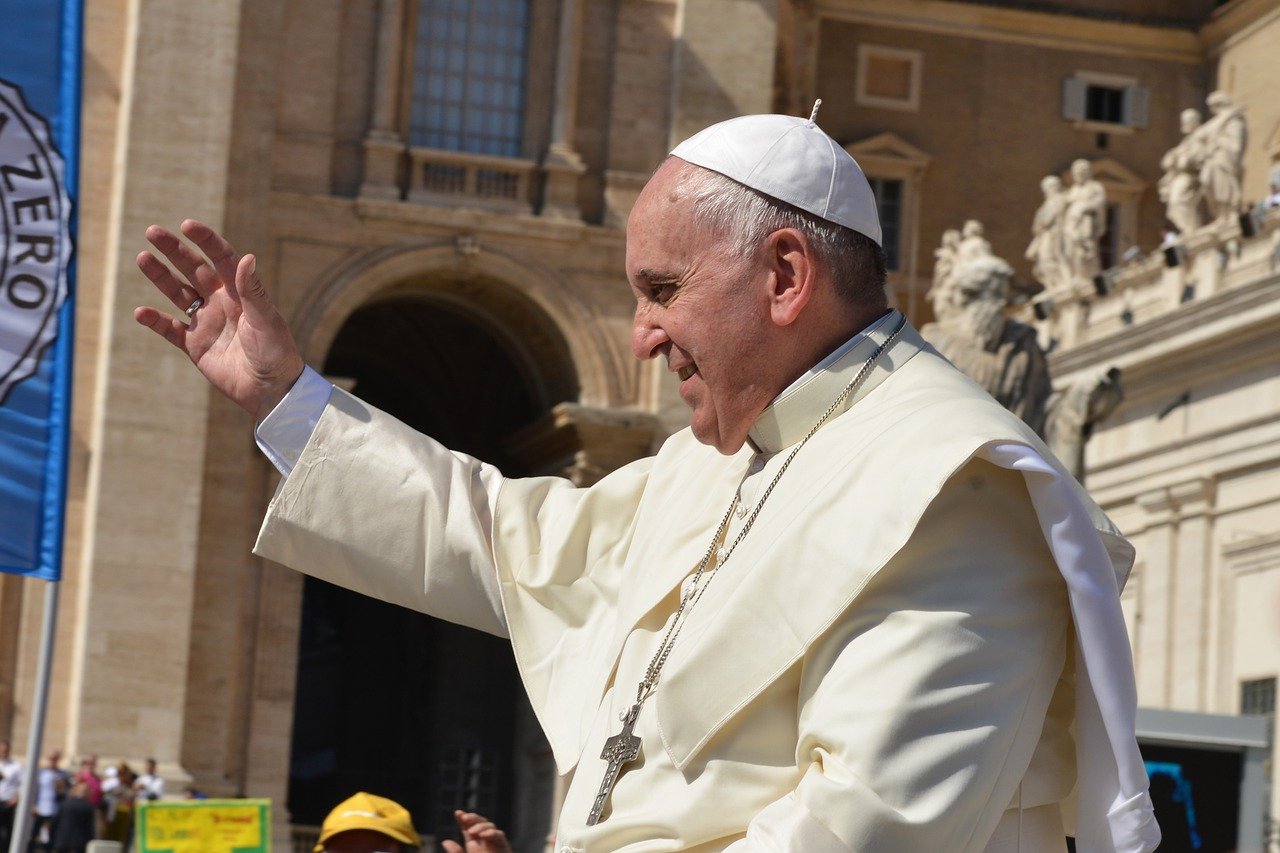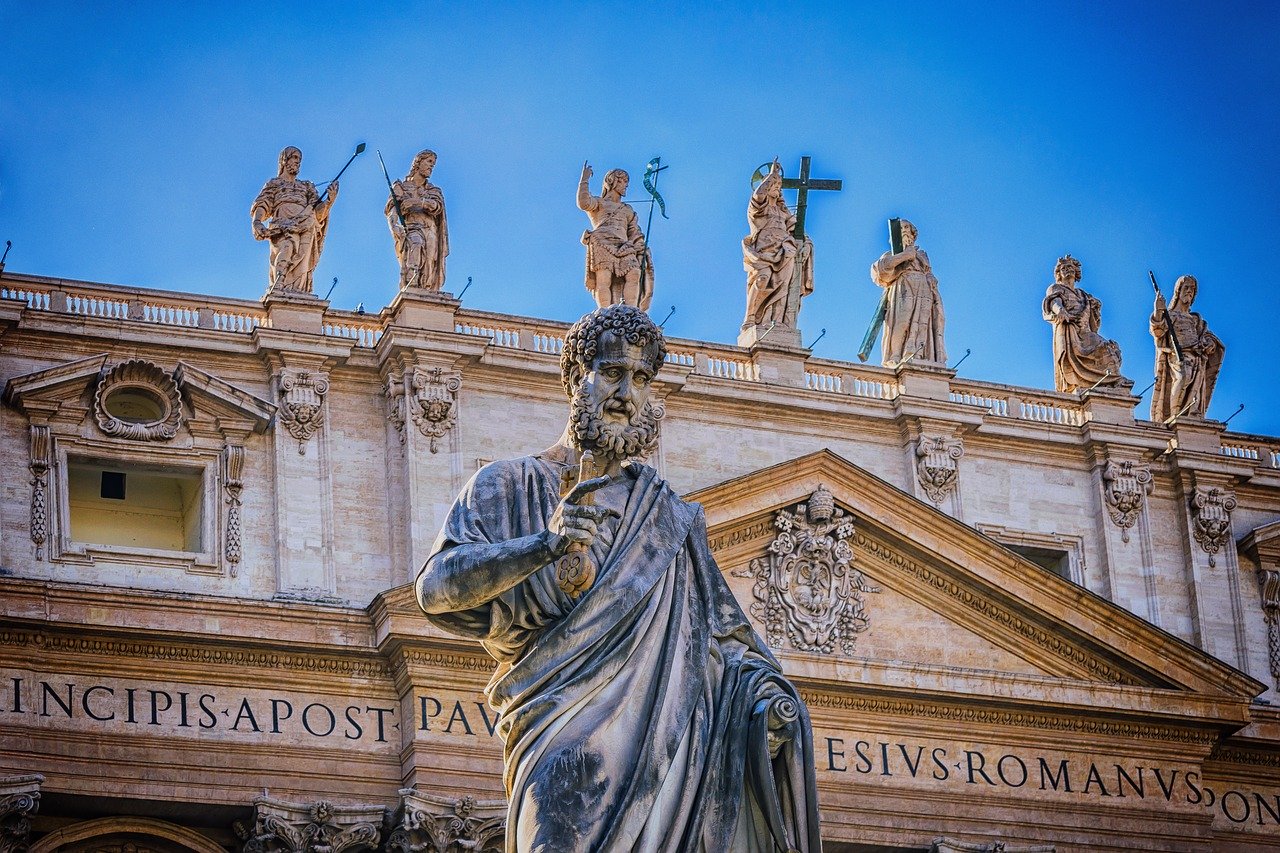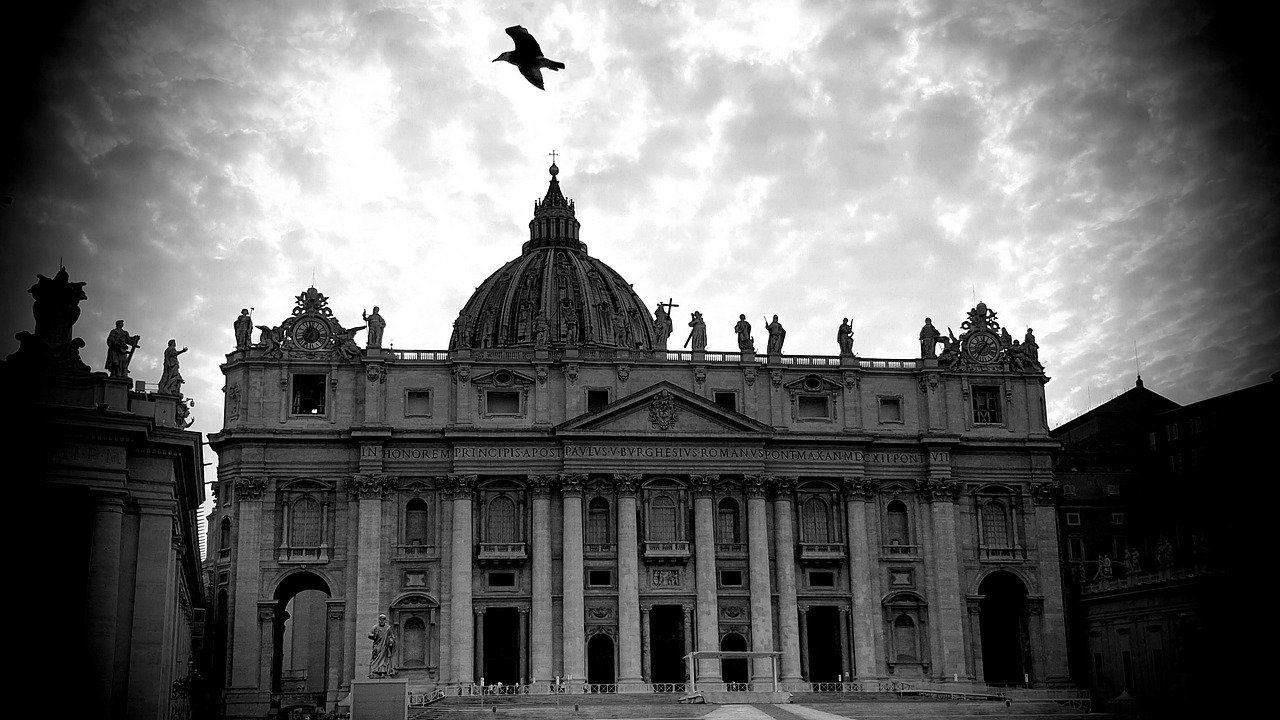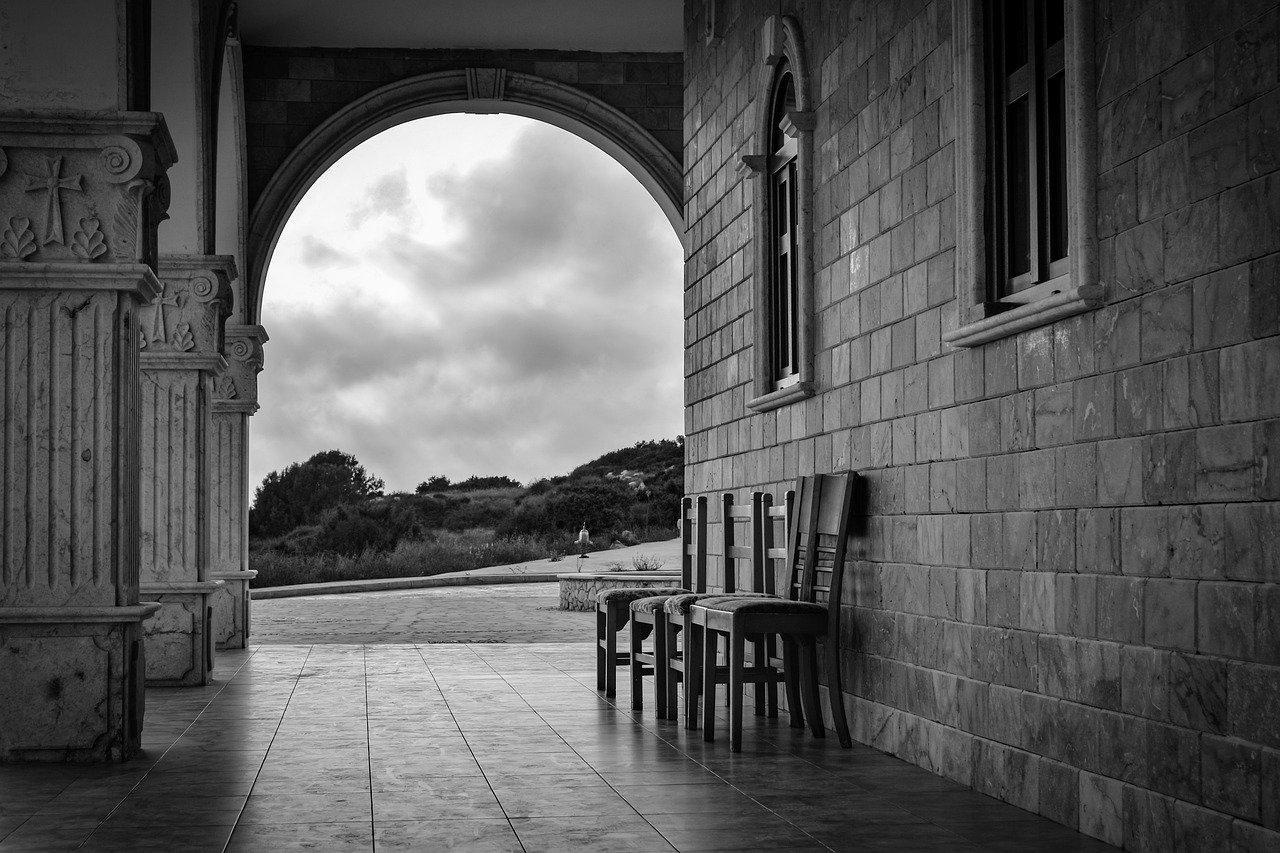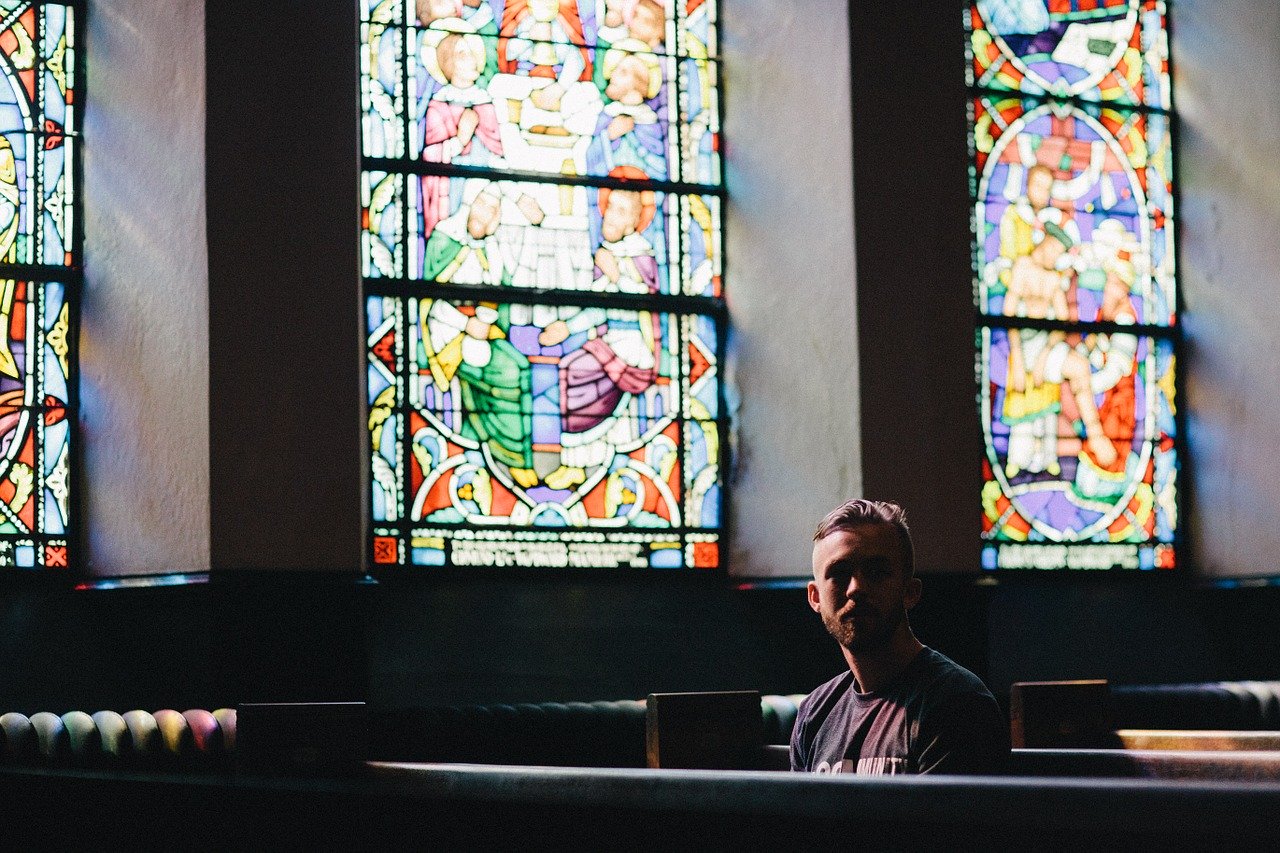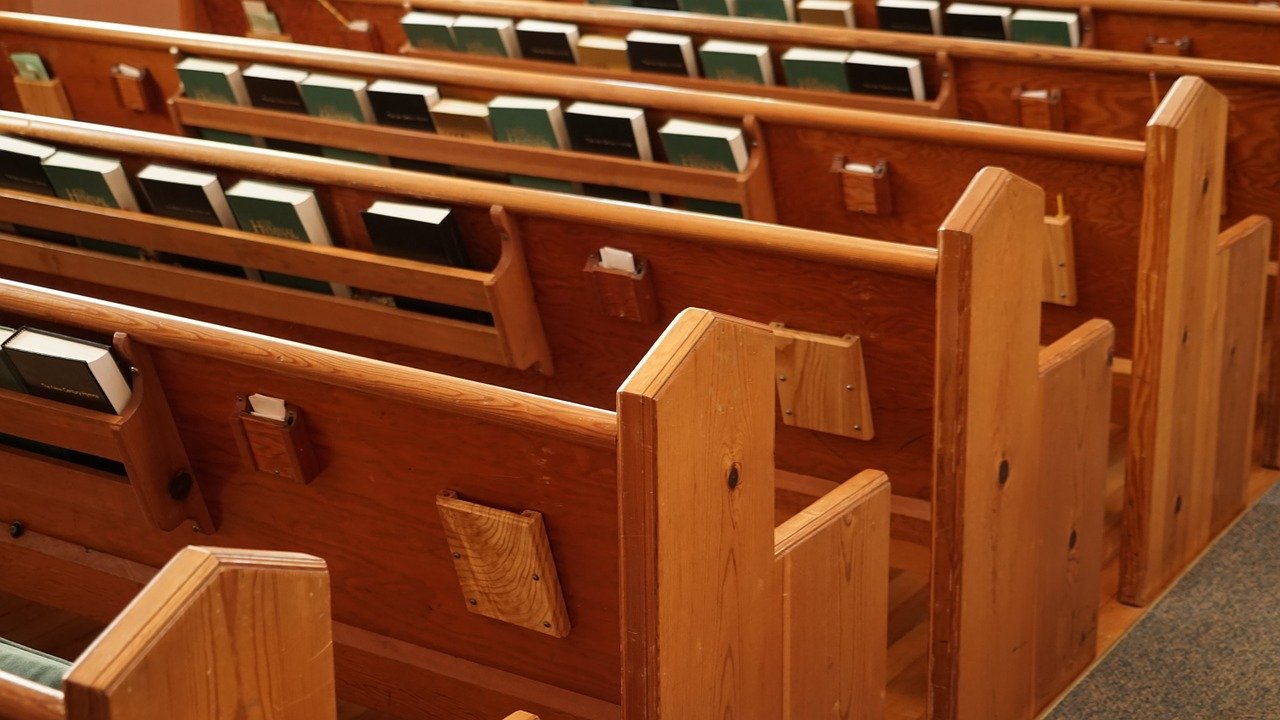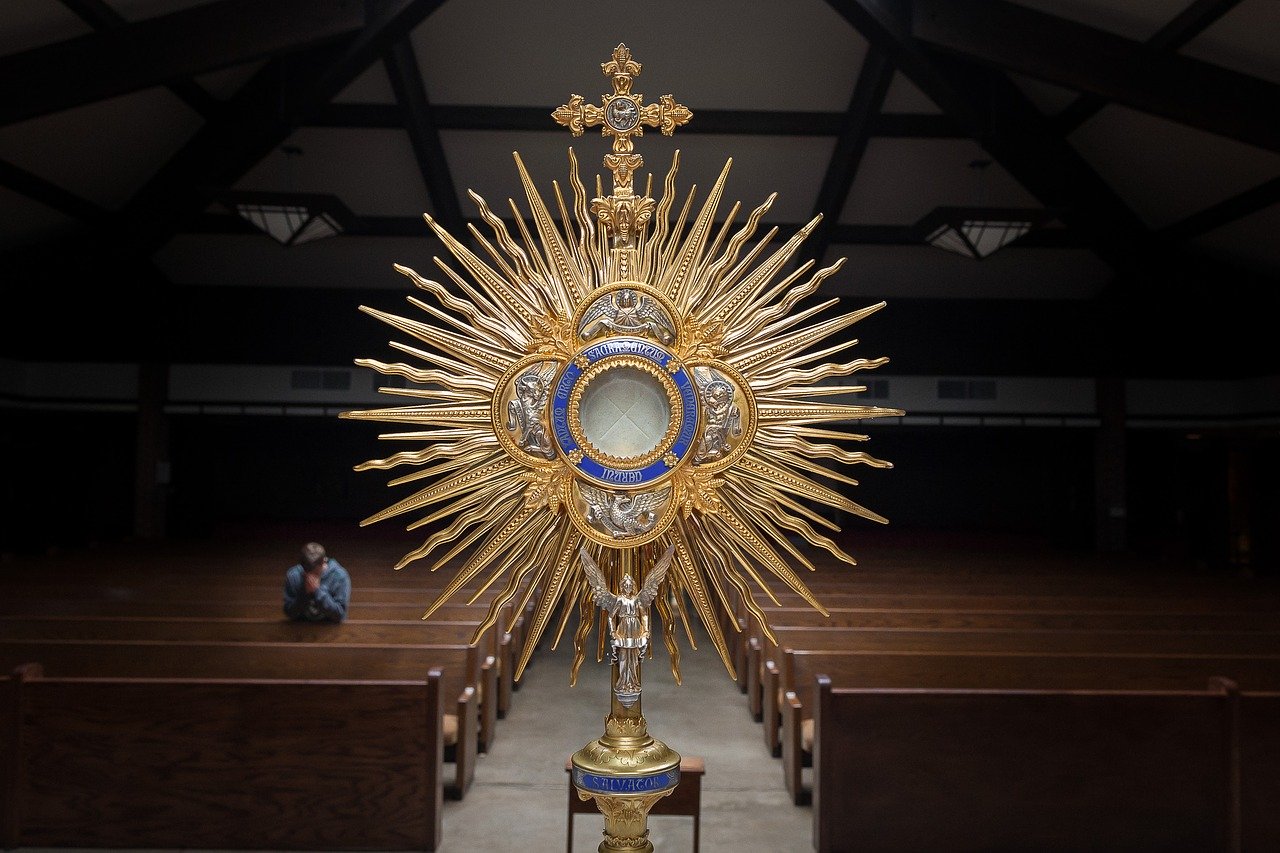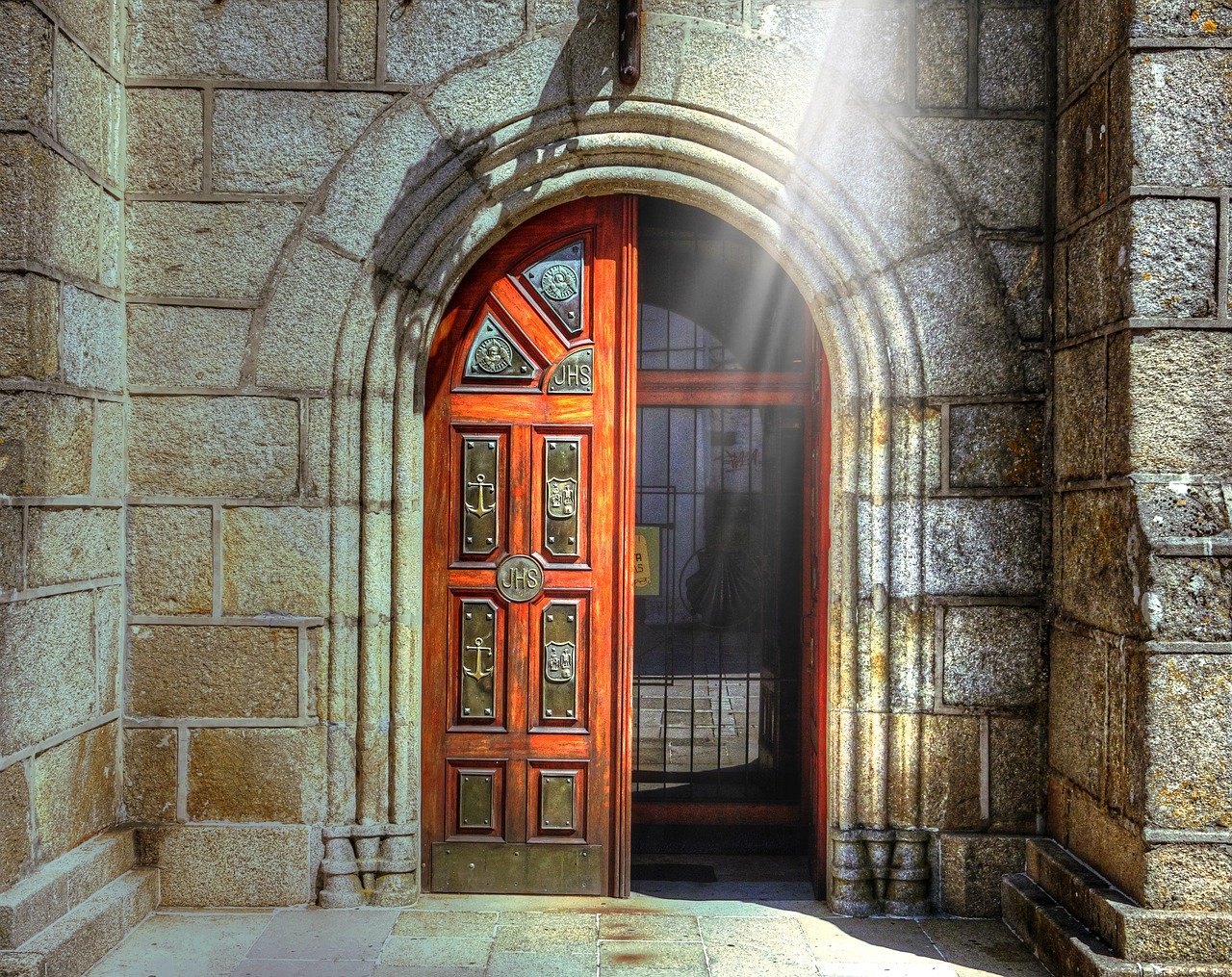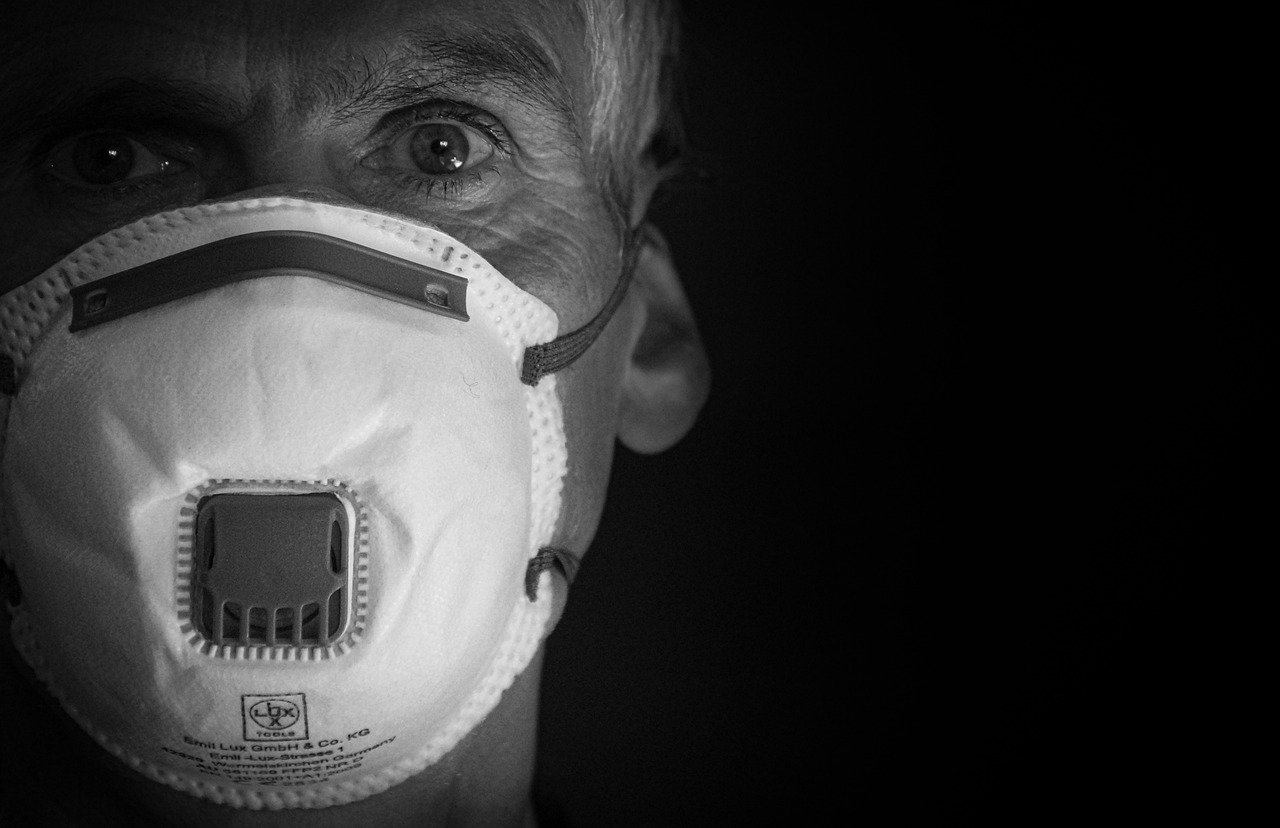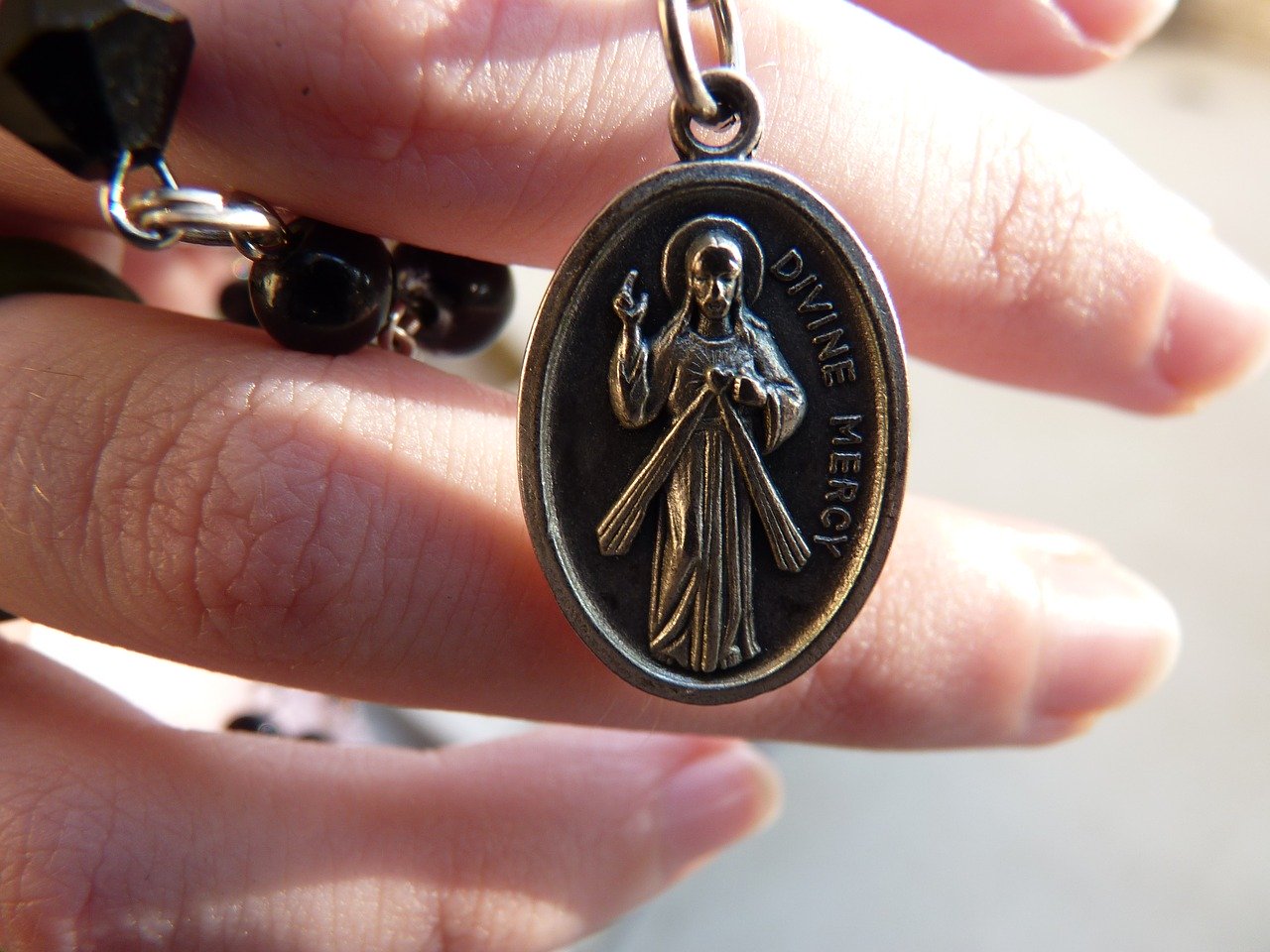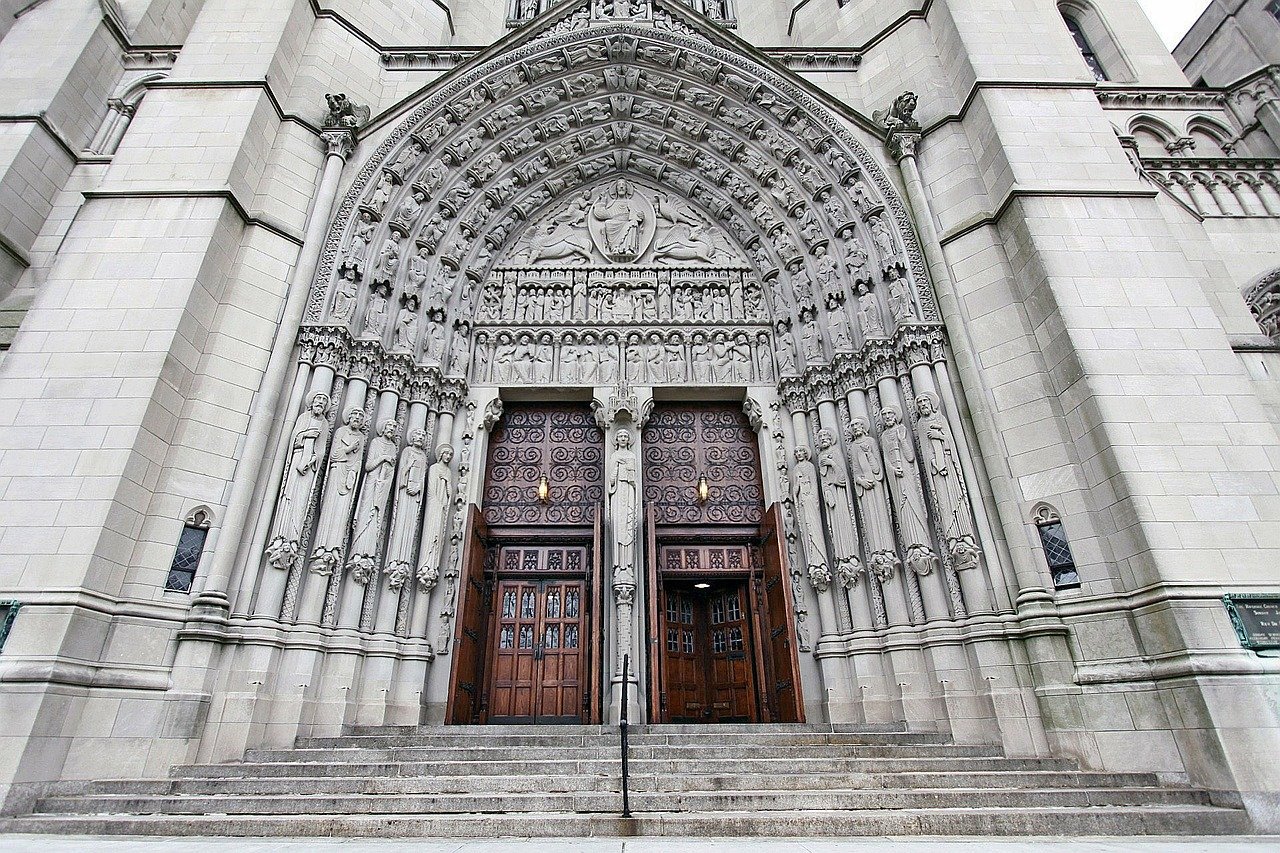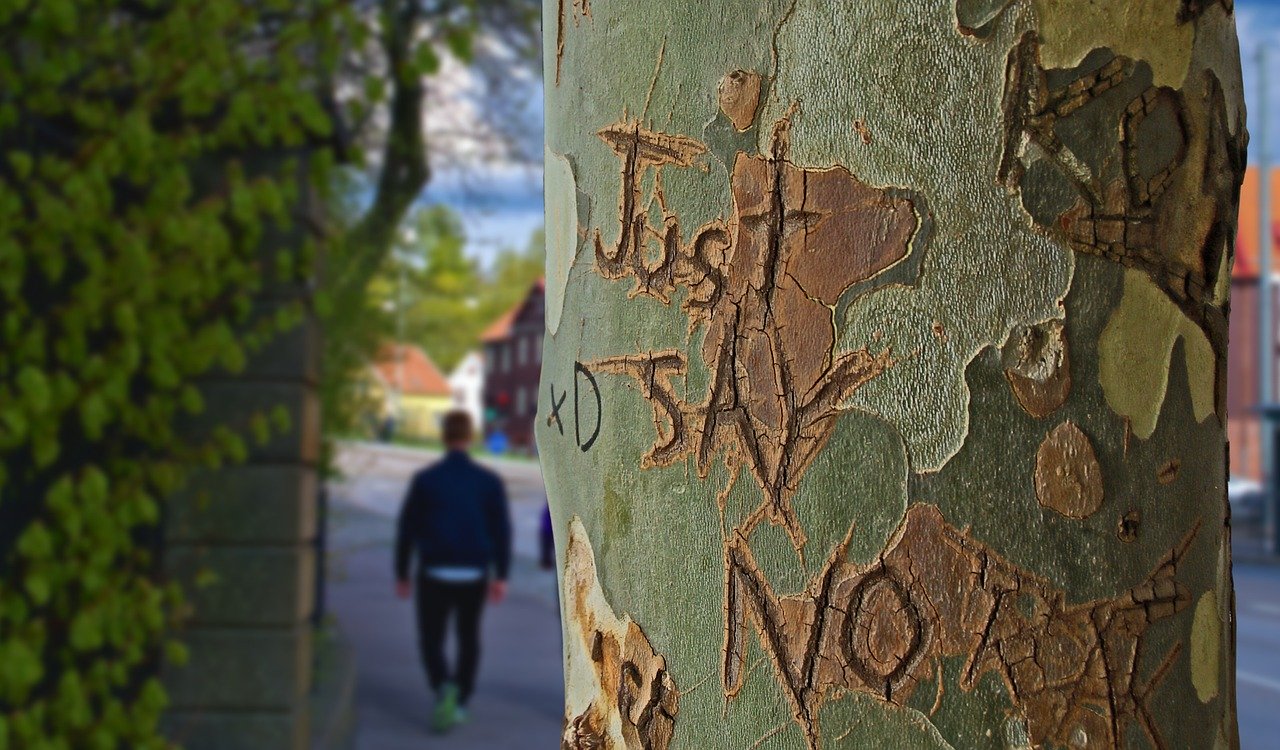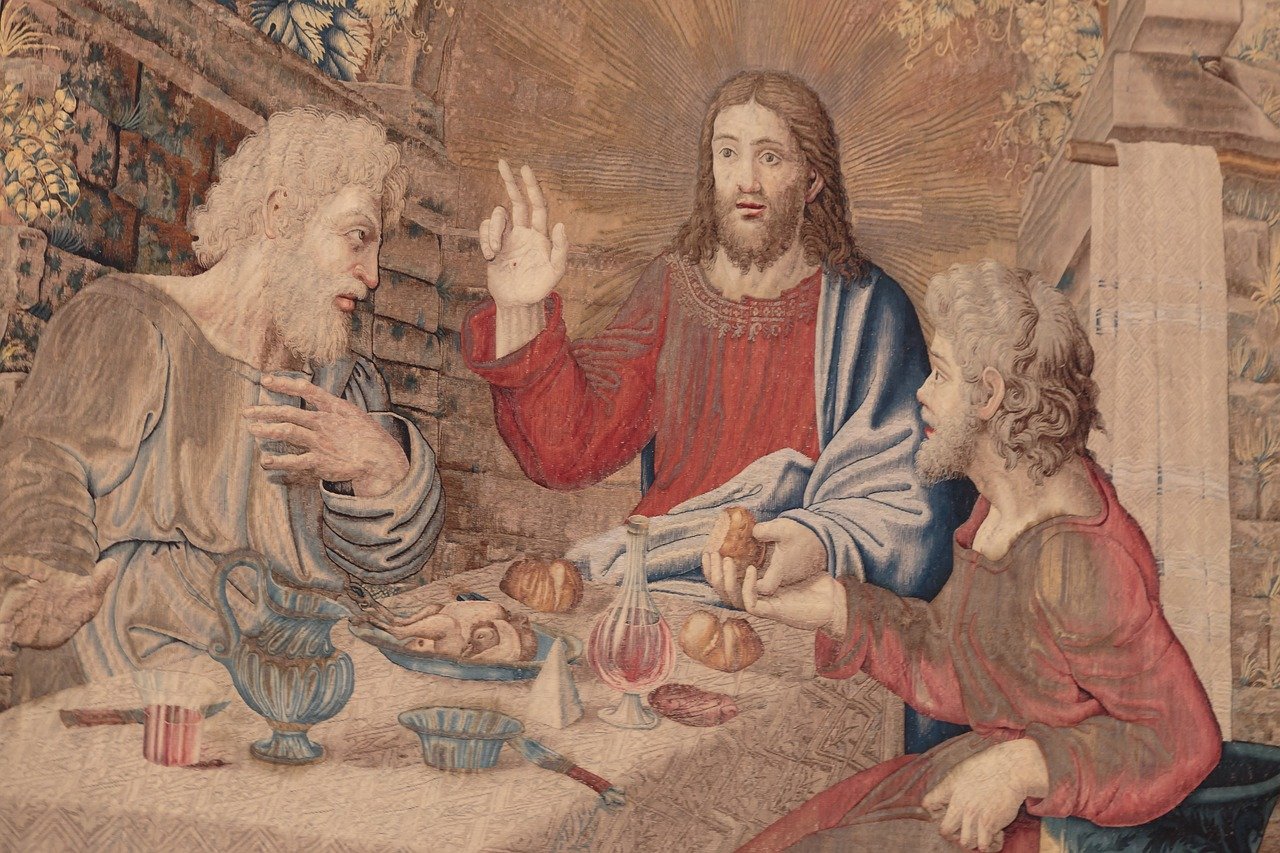
Yes! But you might not know it from the amount of airtime they get in most biblical surveys. Many people are surprised to learn that at least 333 women appear in Scripture. I say at least, since sometimes we’re just told women are present; not who they are or how many they are.
Journalist Edith Deen made a fascinating study of these women in categories that are themselves illuminating as to the roles women play in our sacred story. First she considers the main female actors of Genesis: Eve, of course; but also wives, mothers, and sisters of the patriarchs. Next, Deen studies significant women in the time of Moses and the Judges. Then come bold women of the era of Kings, including a few shrewd Queens. Finally she turns her attention to resourceful women around Jesus and in the early church. In each survey section, both heroes and villains are featured.
While these portraits of the better-known players are interesting, what may be more intriguing is Deen’s alphabetical index of every named woman in Scripture: all 279, from Abi to Zipporah, offered with a helpful citation plus a quick description of their significance. This is followed by a chronicle of unnamed women: 40 daughters, 28 wives, 20 mothers, 8 widows, and 44 others known essentially by their relationships to men.
This total of 333 stories in which a woman or group of women influences salvation history is both delightful and maddening. We’re delighted women feature relentlessly in the record. It’s also disturbing that so many of these stories are unfamiliar to us. They’re rarely proclaimed at Mass or taught in religious education. Ask the average churchgoer to list as many biblical women as they can. I’ve encountered many who draw a blank after Eve, Mary, and Mary Magdalene.
Because so many women in the biblical record—indeed, in the historical records of any civilization—are unnamed, we may need prodding to recall the Medium of Endor, the Wise Woman of Tekoa, and the Virtuous Wife of Proverbs. It takes a little jogging to consider those featured in parables like the Ten Wise and Foolish Bridesmaids, or the Woman with the Lost Coin. It’s a start, at least, to realize that there are 333 stories about women. But it’s more important to expand our personal list, so we recognize more than a handful of them.
Scripture: 1 Samuel 28:4-25; 2 Samuel 14:1-20; Proverbs 31:10-31; Matthew 25:1-13; Luke 15:8-10
Books: All of the Women of the Bible, by Edith Deen (HarperOne, 1988)
Women in the Old Testament, by Irene Nowell, OSB (Liturgical Press, 1997)
Women in the New Testament, by Mary Ann Getty-Sullivan (Liturgical Press, 2001)
Reprinted with permission from PrepareTheWord.com. ©TrueQuest Communications.




